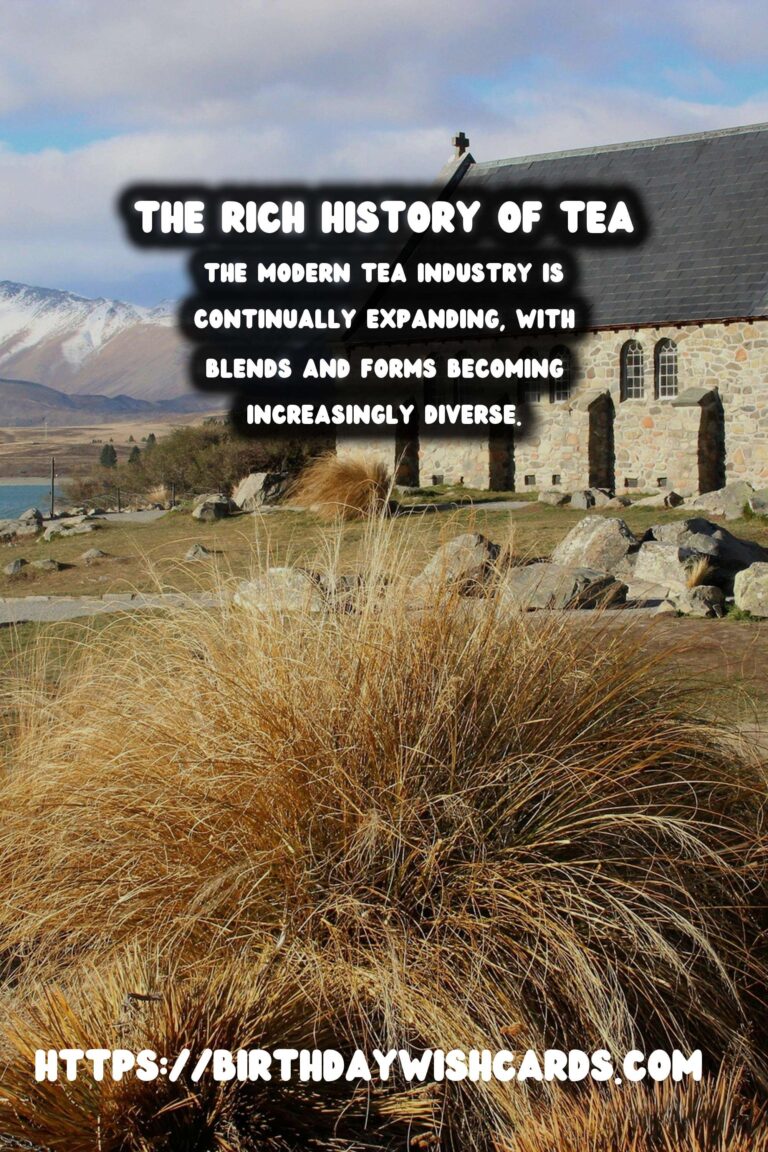
Tea is one of the most popular beverages around the world, deeply rooted in numerous cultures and traditions. Its journey through history is as rich and varied as the flavors it offers. Join us as we trace the fascinating history of tea from its ancient origins in China to the contemporary tea cultures of today.
Ancient Origins: The Birth of Tea in China
The story of tea begins in ancient China over 5,000 years ago. According to legend, Emperor Shen Nong discovered the refreshing qualities of tea when leaves from a nearby bush blew into his pot of boiling water. This serendipitous discovery led to the cultivation of tea and its widespread popularity across the country.
Tea was initially used for its medicinal properties, believed to have health benefits that could cure various ailments. As the cultivation techniques improved, tea became more than just a remedy; it evolved into a beloved drink characterized by different flavors and experiences.
The Spread of Tea Across Asia
As trade routes developed, tea spread beyond China to neighboring countries. In Japan, tea became an integral part of the culture, influencing art, literature, and spirituality. The Japanese tea ceremony, known as ‘Chanoyu’, exemplifies the cultural significance of tea, emphasizing discipline, tranquility, and harmony.
Korea also embraced tea, incorporating it into ceremonial practices and daily life. In India, tea gained popularity during the British colonial period, ultimately leading to the establishment of vast tea plantations, particularly in Assam and Darjeeling.
Tea in Europe: A Luxurious Arrival
Tea made its European debut in the 16th century, introduced by Dutch and Portuguese traders. It was seen as a luxurious commodity, enjoyed exclusively by the aristocracy and the wealthy. As the demand for tea soared, nations like Great Britain began importing it on a larger scale, intertwining tea with their culture.
The British established tea plantations in their colonies, particularly in India, making tea more accessible to the masses. This marked the beginning of tea as a national pastime in the UK, eventually leading to the famous afternoon tea tradition.
Modern Tea Culture: Global Adaptations
In the present-day, tea has evolved into a global phenomenon, with each culture adding its unique twist to the tradition. From the aromatic spiced teas of India to the herbal infusions of Africa, tea continues to adapt, maintaining its role as a unifying symbol across different societies.
The modern tea industry is continually expanding, with blends and forms becoming increasingly diverse. Tea bars, specialty shops, and creative marketing have further cemented tea’s place in contemporary culture, making it an integral part of social gatherings, wellness lifestyles, and even artistic expressions.
The Future of Tea
As societies continue to innovate and explore the possibilities of tea, its future looks promising. Sustainability and ethical sourcing have become essential considerations, ensuring that tea production and consumption are aligned with environmental and social responsibilities.
The history of tea is a reflection of our ever-changing world, showcasing how a simple leaf can leave a profound impact on cultures, economies, and human connections. As we sip our next cup, we’re not just enjoying a beverage, but partaking in a tradition that spans centuries.
Tea is one of the most popular beverages around the world, deeply rooted in numerous cultures and traditions. The modern tea industry is continually expanding, with blends and forms becoming increasingly diverse. 
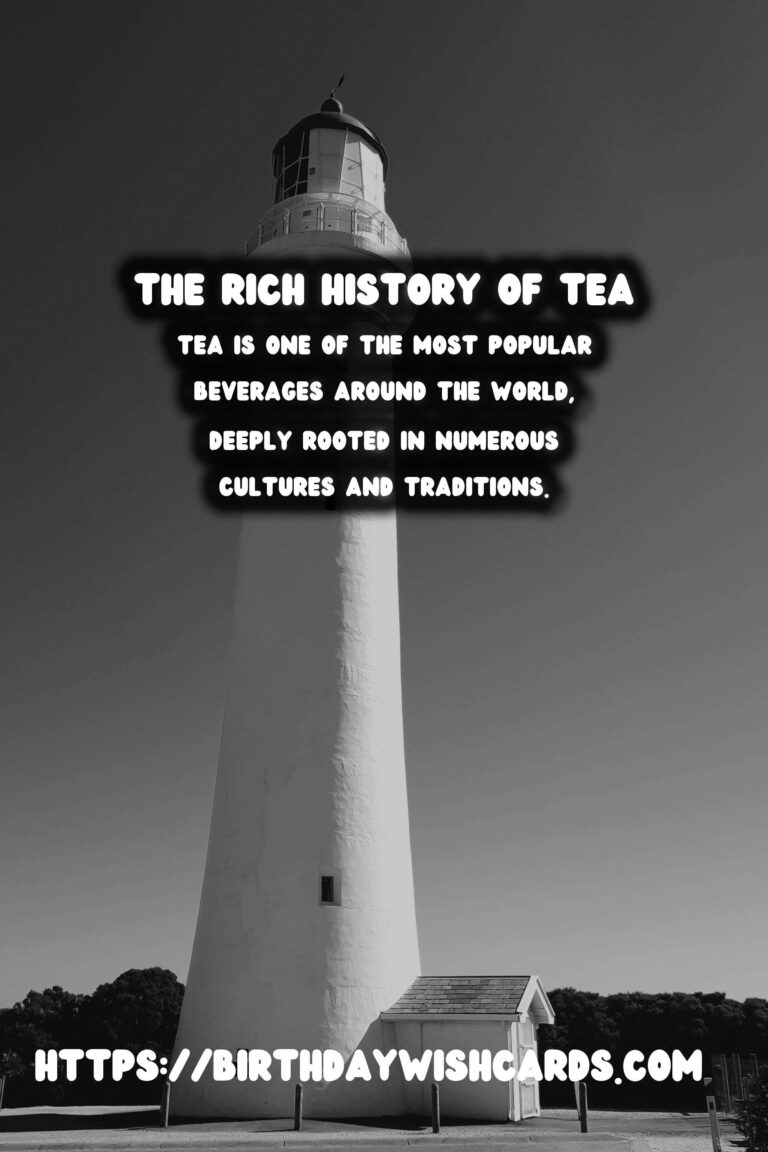
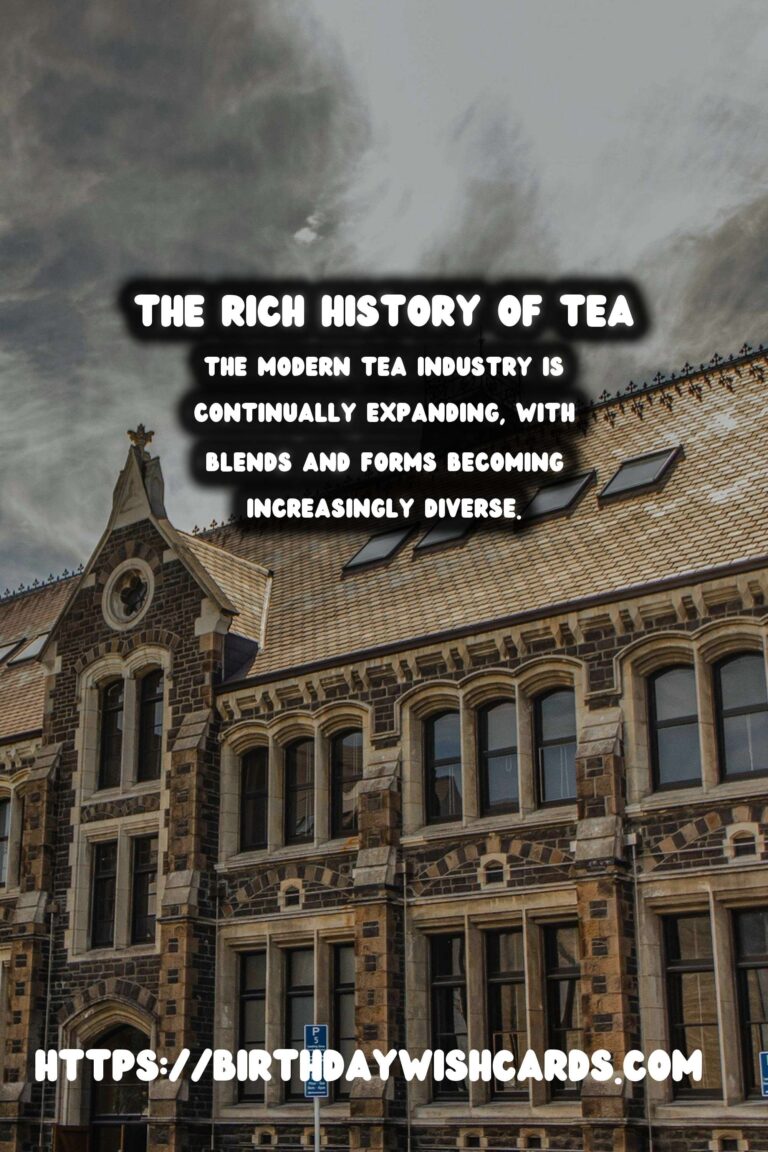
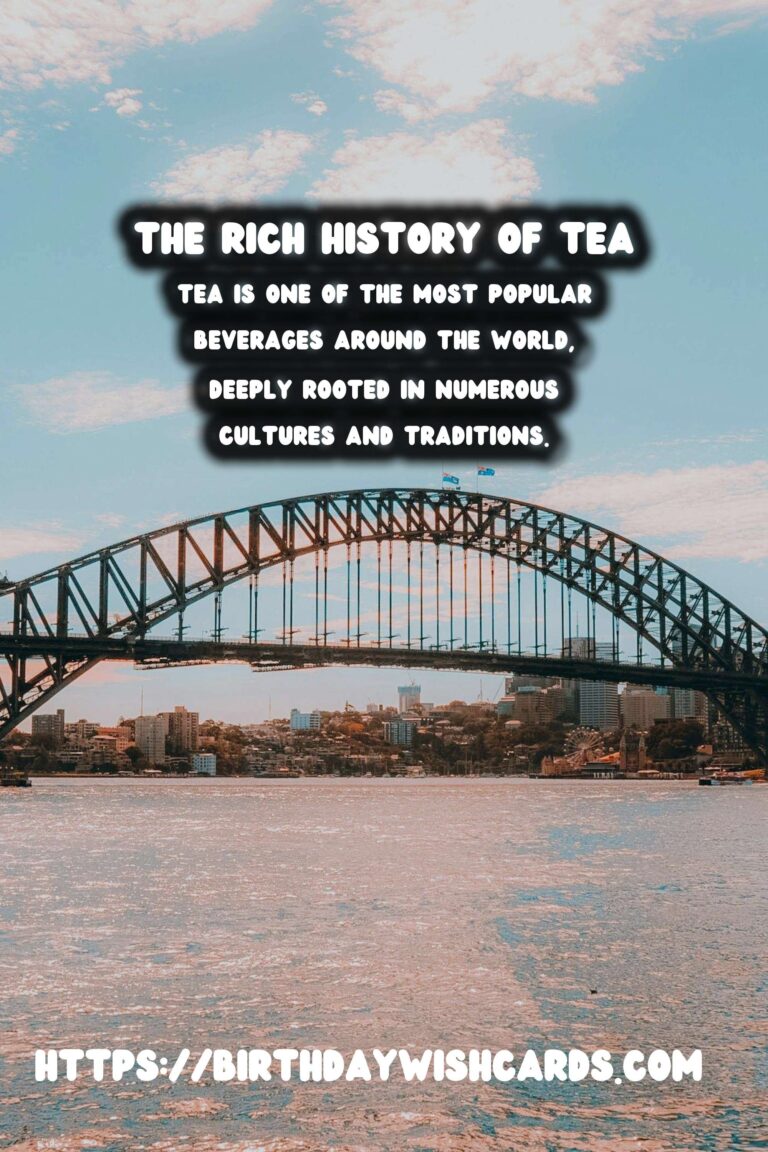
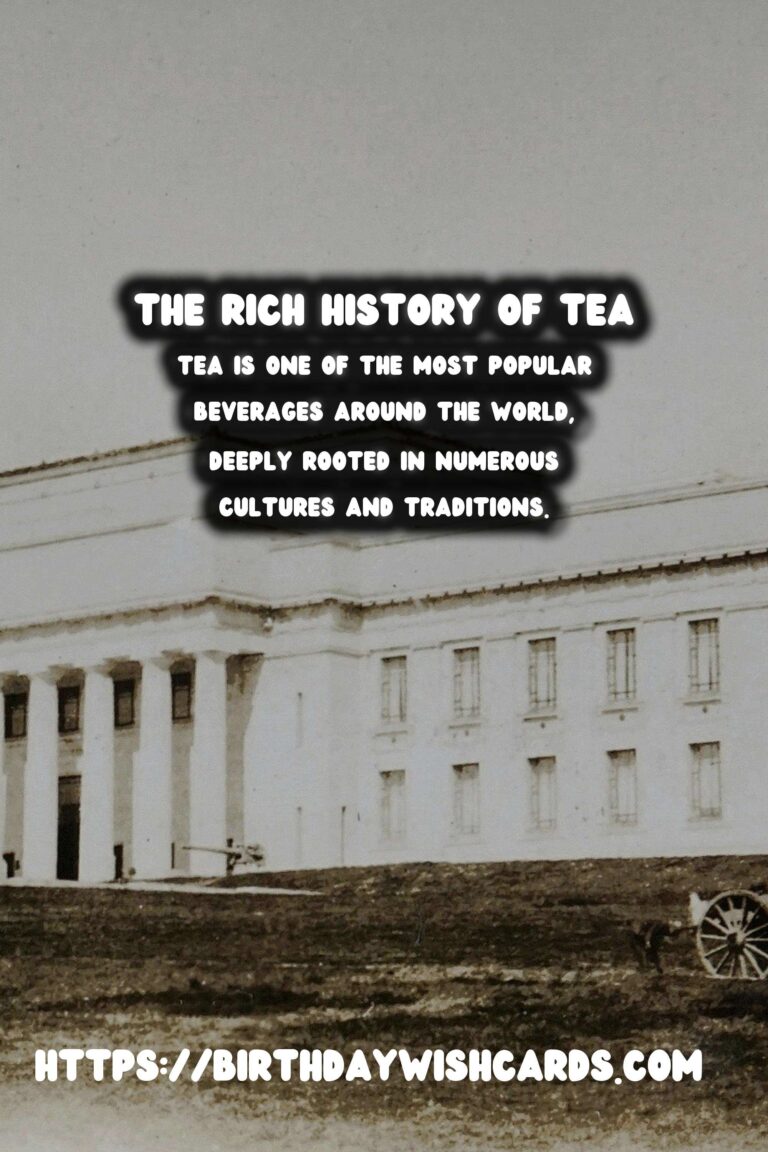
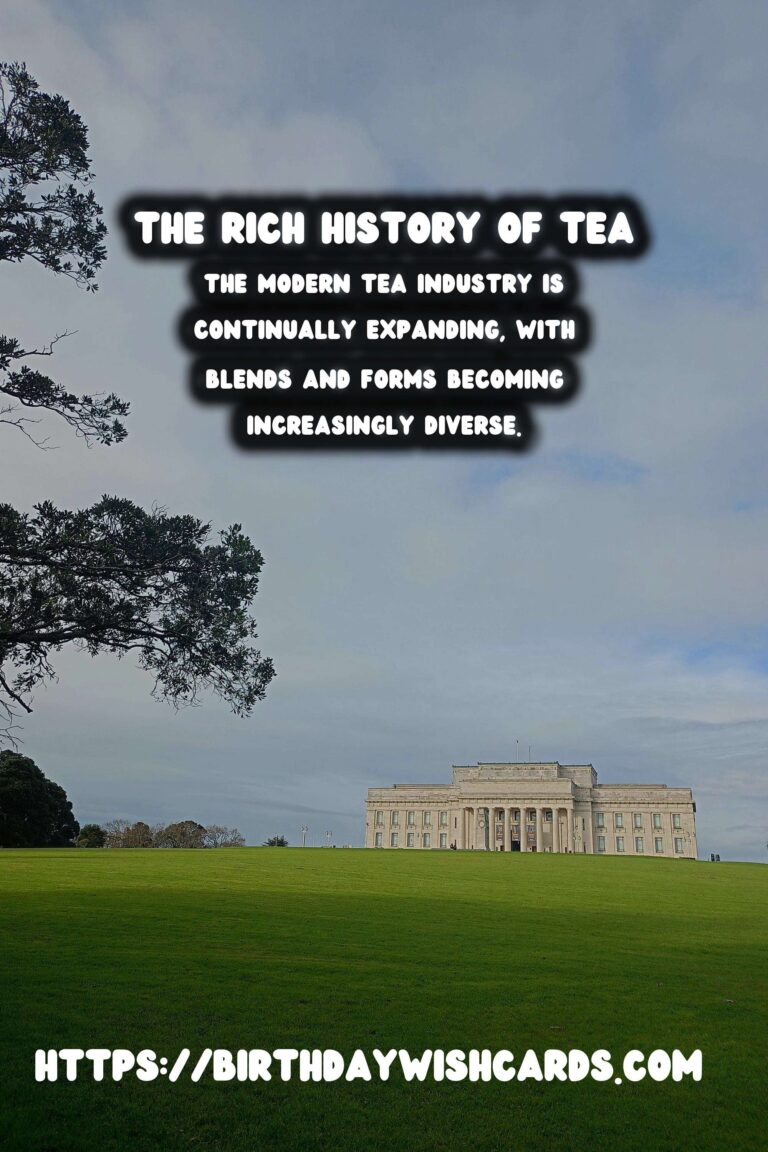
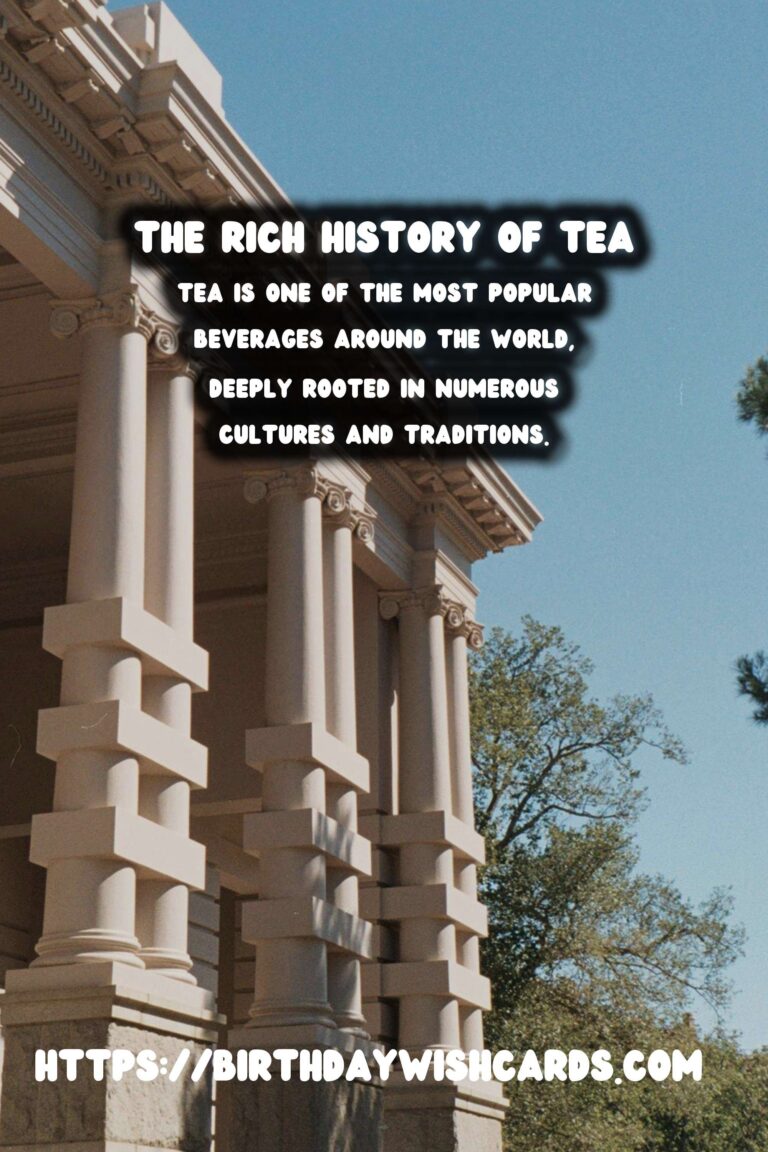
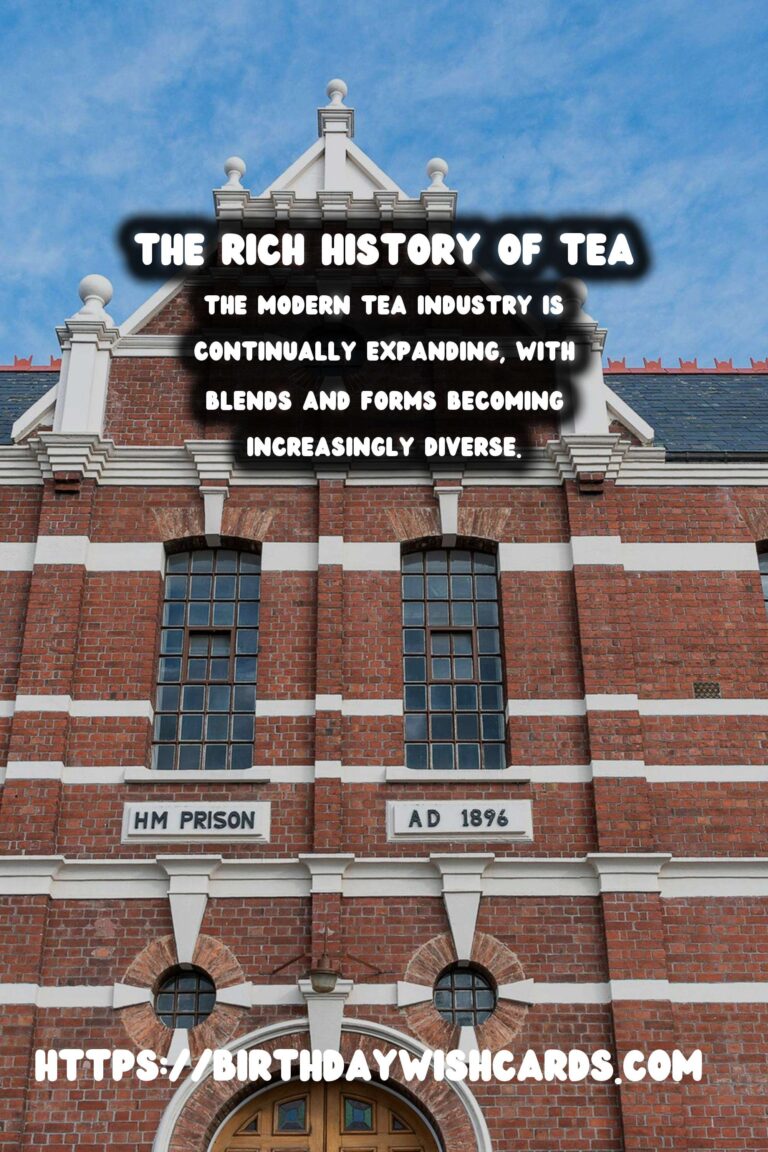


#TeaHistory #GlobalTeaCulture




